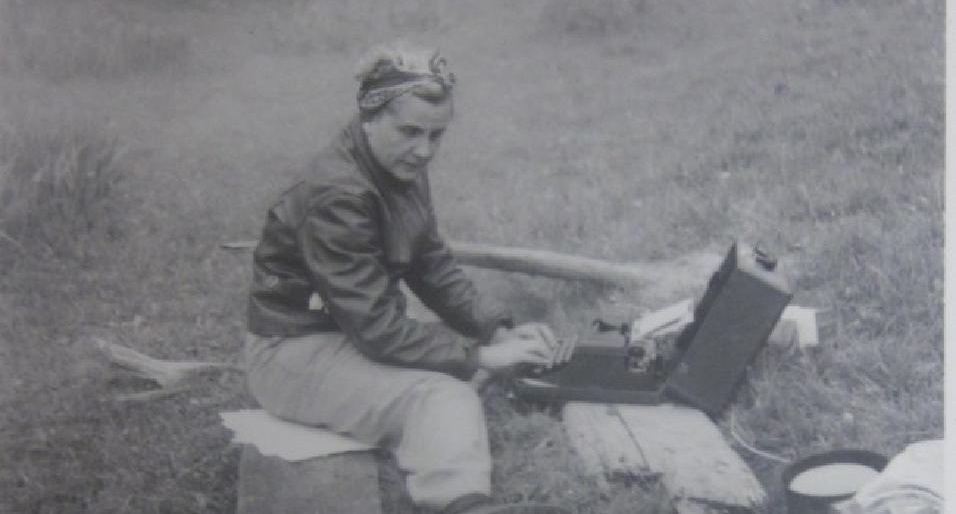Post Category : Field Life
Gear Review: Bug Nets
Working in the boreal forest as an archaeologist can be difficult for several reasons, but one of the biggest annoyances is the swarms of bugs during the summer months. On a typical day, we encounter black flies, mosquitoes, horse flies, and no-see-ums. Unlike in the province’s urban areas, the bugs in the forest are much more numerous and very relentless and can bite through clothing and gloves. Protection against bugs is essential to keep your sanity intact.
We reviewed various bug shirts below based on the following five factors:
- Affordability – Archaeologists are not exactly flush with cash, and the cost associated with replacing gear is something to consider.
- Durability – Working in the boreal forest can be rough on gear. Broken branches and dense underbrush can rip bug nets.
- Breathability – In the summer months, we often get temperatures over 30 degrees. The breathability of the bug protection is vital to make sure you don’t overheat.
- Protection – Some bugs can bite through the mesh and even some fabrics. How well does it protect against bites and stings?
- Visibility – For an archaeologist, visibility is crucial. Whether moving through the bush or spotting an artifact in a screen, the bug net needs to allow the archaeologist good visibility.
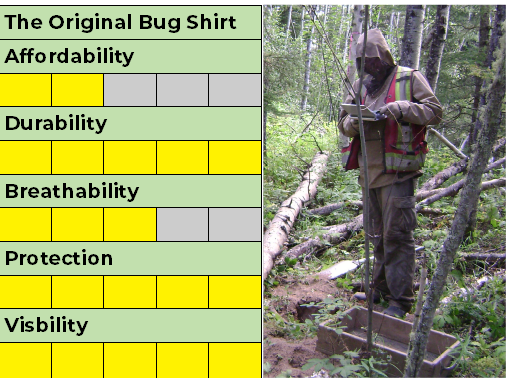
The Original Bug Shirt is my personal favorite. It has a black mesh that is very easy to see through. The fabric that lines the arms doesn’t allow bugs to bite through it, and it stands up well to the boreal forest. One of the drawbacks of the Original Bug Shirt is the price, which can range from $70 – $105; however, it doesn’t need to be replaced that often due to the high durability. A second drawback is the net’s breathability, which can become very hot during the summer months.
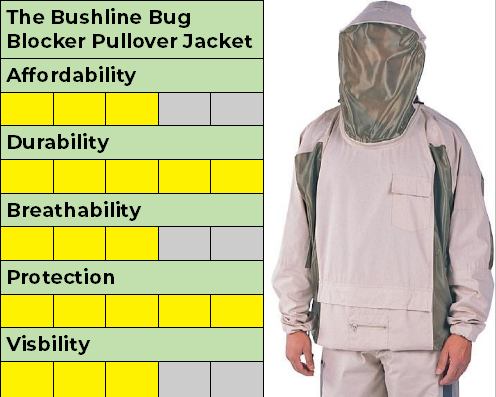
The Bushline Bug Blocker Pullover jacket is very similar to the Original Bug Shirt but differs in two ways. First, the price is lower than the Original Bug Shirt and costs $45.00. Second, the mesh used for the face is much more challenging to see through than the Original Bug Shirt mesh. I often found when I was looking for artifacts in my screen, I would have to open the net to have a thorough look.
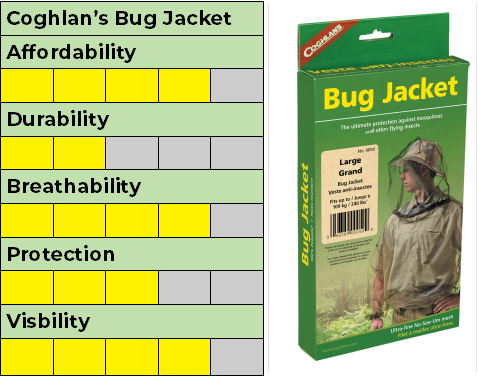
The Coghlan’s Bug Jacket is much cheaper than either of the above options but doesn’t offer the protection they offer. Bugs can bite through the mesh, and the forest can rip holes into it as well. Although, I have seen co-workers wear this bug net under their clothes, so the hood pops out, which is a good work-around. The visibility is better than the Bushline but not as good as the Original Bug Shirt. With this mesh, the sun will glare off it, and I often have to position my body, so the sun isn’t hitting it.
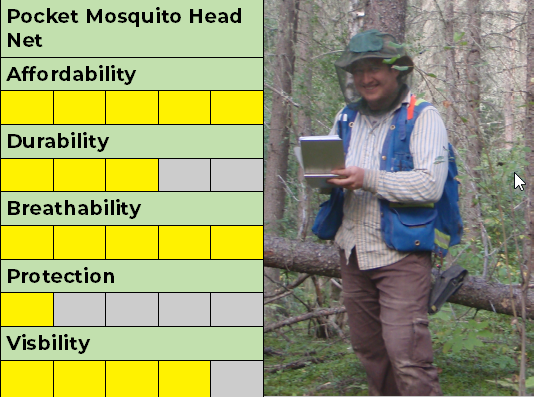
The Pocket Mosquito Head Net is the cheapest option to go with, but it offers the most limited protection. I recommend wearing a hat when using this net to ensure the mesh is away from your face. I find I have the same visibility issues with this mesh as the Coghlan net, which can have a glare if the sun hits it. This net offers no protection for the rest of your body.



